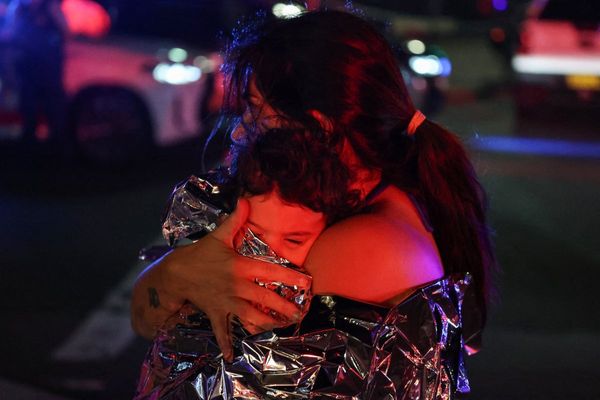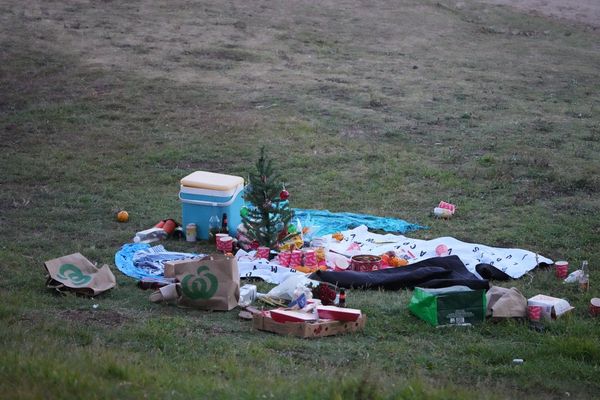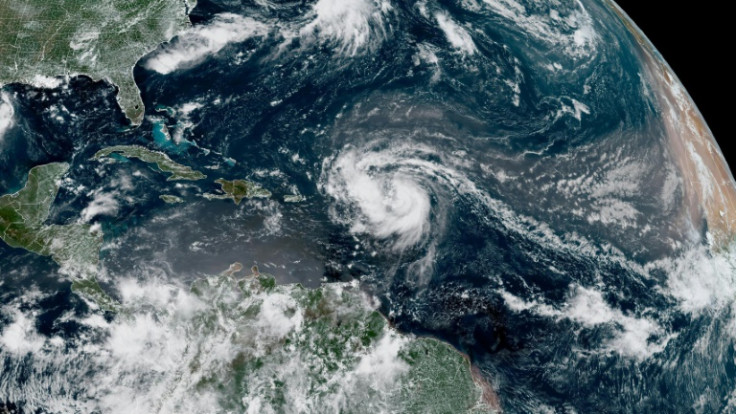
Jamaica is under a state of emergency as Hurricane Melissa, now a powerful Category 5 storm with sustained winds near 160 mph, bears down on the island.
Government officials have ordered mandatory evacuations in flood-prone areas, shuttered airports, and activated hundreds of emergency shelters as the storm's outer bands begin to lash the southern coast.
Track and Forecast
According to the National Hurricane Center (NHC), Melissa was located south of Jamaica early Monday, moving west at roughly 5 mph. The storm is expected to make landfall on the island's southern coast late Monday night or early Tuesday before crossing eastern Cuba and then pushing northeast toward the southeastern Bahamas by midweek.
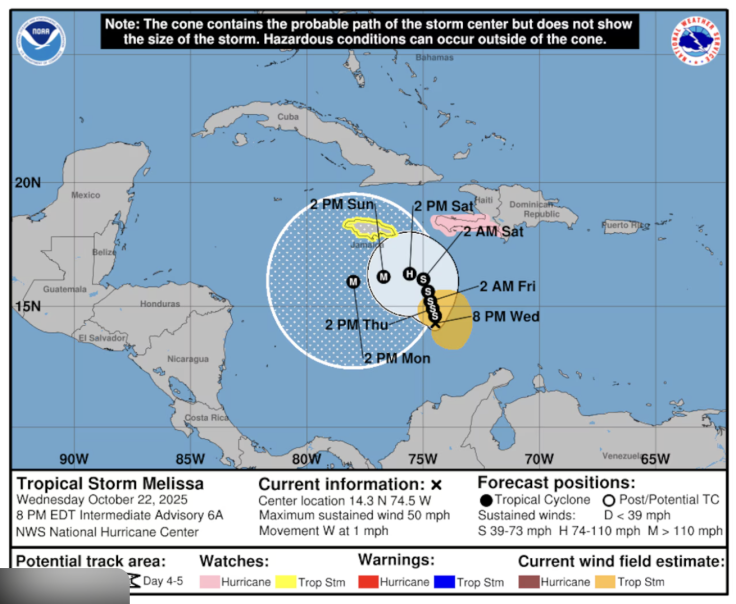
Meteorologists warn Melissa could be one of the strongest hurricanes to ever strike Jamaica. Its slow forward speed means torrential rain, hurricane-force winds, and life-threatening storm surges could batter the island for an extended period.
Projected Impacts
The Weather Channel projects rainfall totals between 15 and 30 inches, with isolated amounts reaching 40 inches in mountainous regions. The south coast may face storm surges of up to 13 feet, and officials are warning of "catastrophic flash flooding" and landslides across interior communities.
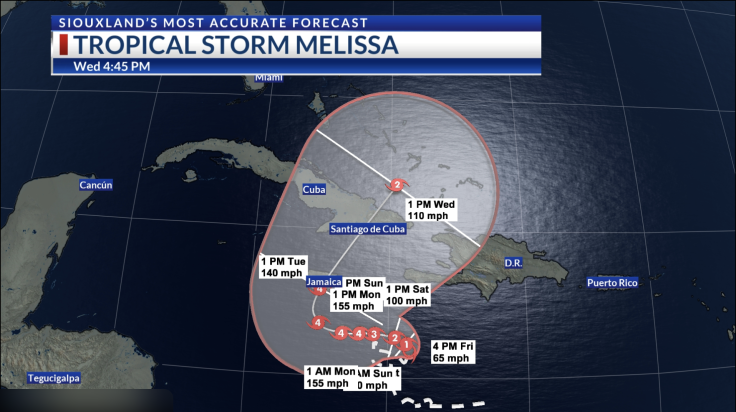
"Melissa's combination of extreme intensity and slow movement is an exceptionally dangerous setup for Jamaica," said meteorologist Dr. Lydia Brown of the Caribbean Climate Research Center. "Even well-built structures could suffer serious damage if the storm maintains Category 5 strength as it approaches."
Government Response
Prime Minister Andrew Holness has declared the entire island a threatened area under Jamaica's Disaster Risk Management Act. More than 880 emergency shelters have been opened, and authorities have urged residents in low-lying and coastal areas to evacuate immediately.
Hospitals across the country have suspended non-urgent procedures, and a national curfew has been implemented to keep roadways clear for emergency vehicles. Flights in and out of Norman Manley International Airport in Kingston and Sangster International Airport in Montego Bay have been canceled until further notice.
"We are facing a potentially historic disaster," Holness said during a televised address Sunday night. "Our priority is to preserve life. If you live in a vulnerable area, please heed evacuation orders. Do not wait until it's too late."
Why Melissa Is So Dangerous
Meteorologists note that Melissa underwent explosive intensification over the weekend, strengthening from a tropical storm to a Category 5 hurricane in less than 48 hours — one of the fastest such jumps ever recorded in the Caribbean. The storm's slow westward drift means Jamaica will likely experience hurricane conditions for 24 hours or longer, greatly increasing the risk of flooding and infrastructure failure.
The island's steep terrain further amplifies danger. As moisture-laden air collides with Jamaica's Blue Mountains and interior highlands, rainfall could concentrate in valleys and urban areas, overwhelming drainage systems and causing major landslides.
Looking Ahead
The NHC warns that, even after landfall, Jamaica will remain under threat from lingering rain bands, flash floods, and blocked transportation routes. The storm is expected to weaken somewhat as it moves over land, but forecasters say Melissa could restrengthen over open waters before reaching the Bahamas later this week.
Officials are urging residents to prepare for prolonged power outages, water shortages, and limited communications. Emergency crews are pre-positioning supplies and equipment to begin rescue operations once conditions allow.
"Hurricane Melissa is an unprecedented threat to Jamaica," said Lt. Col. Richard Reece, head of the island's disaster response agency. "We are prepared for the worst, but every citizen must take this storm seriously. Personal readiness will make the difference between survival and tragedy.

